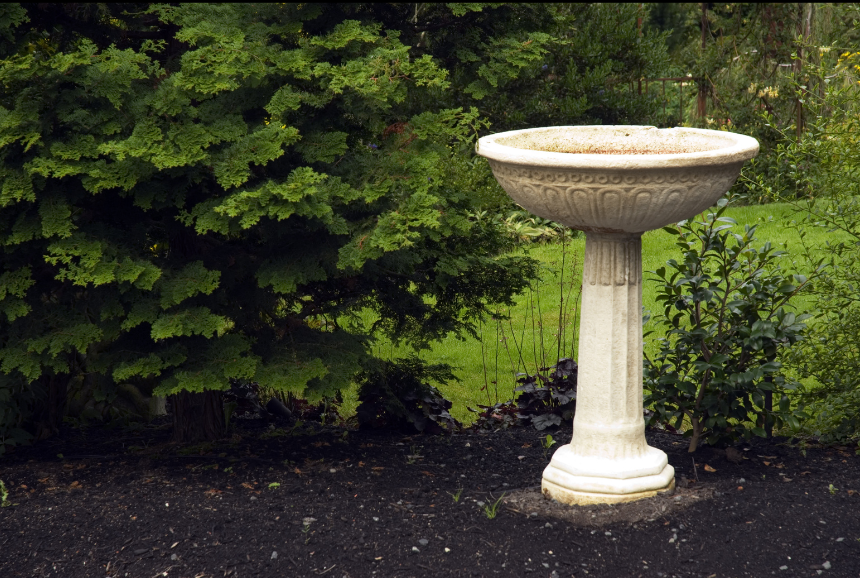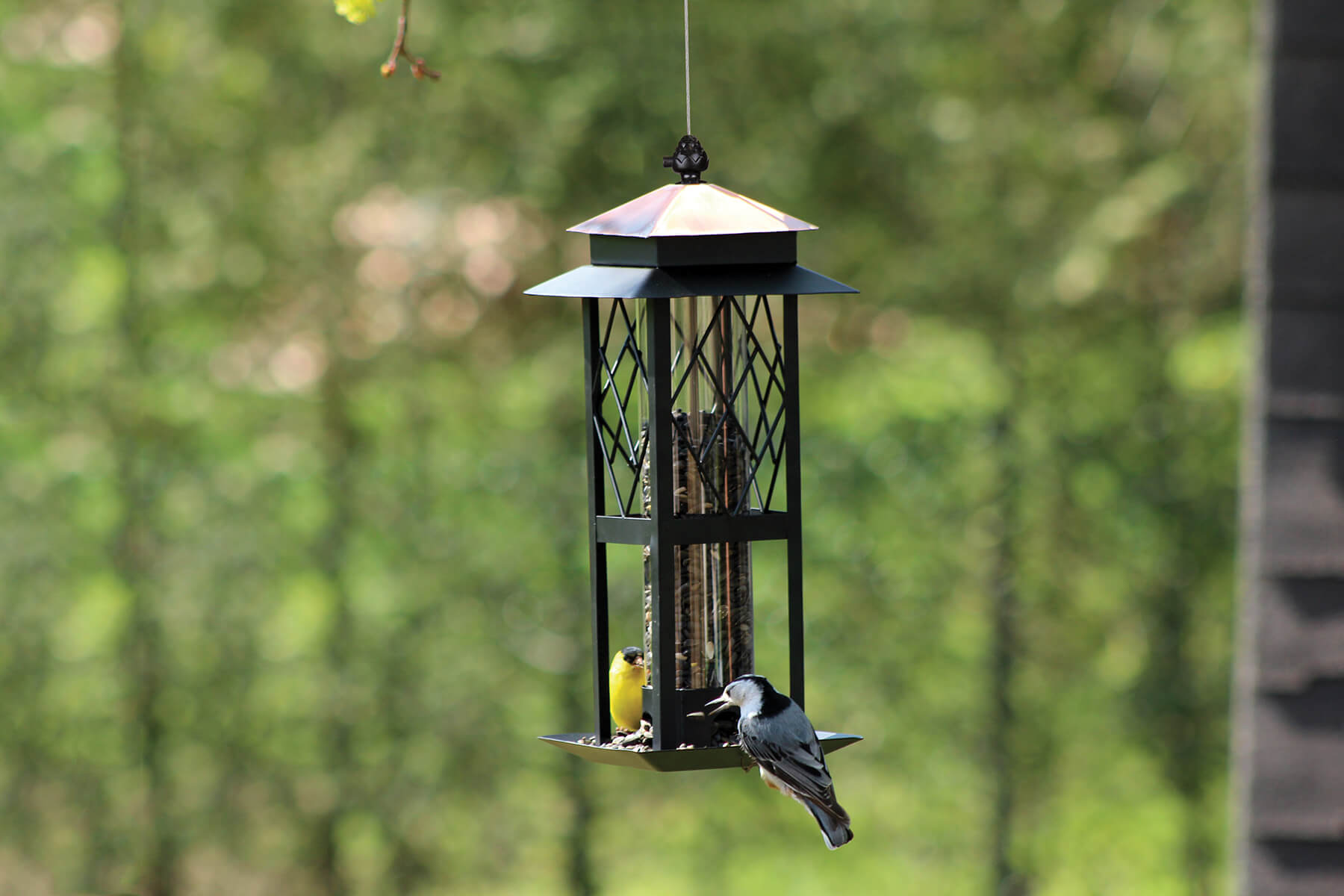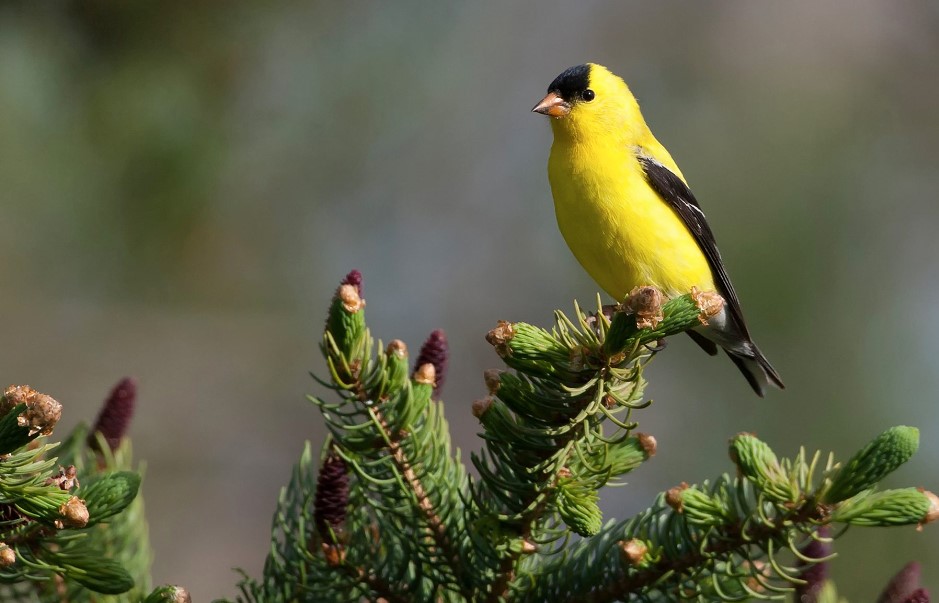A bit about Monarch Butterflies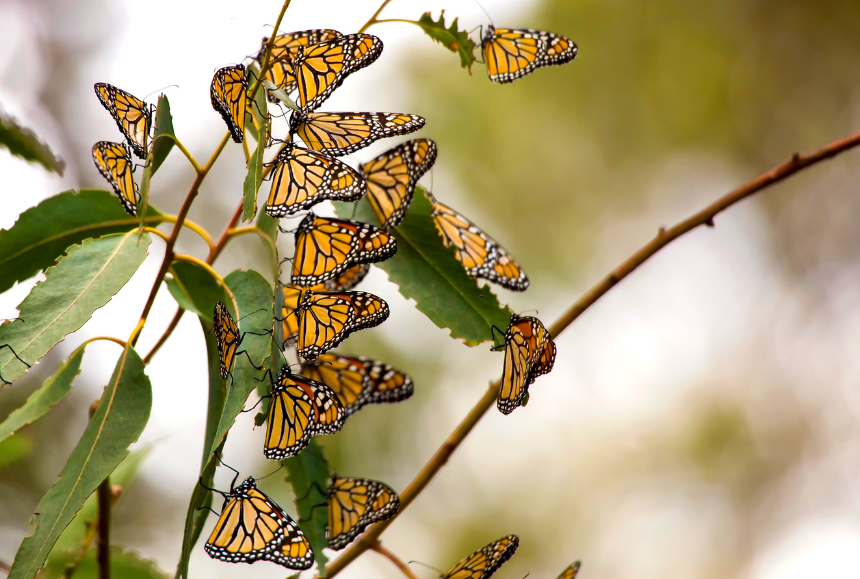
Monarch butterflies are one of the most recognized butterflies native to North America. A very beautiful species of butterfly, known for their large, colourful wings of orange and black. We know that pollinators are responsible for 1 out of every 3 bites of food we consume making Monarch Butterflies a very important link in the food chain.
Monarch Butterflies love their southern Ontario climate – in the summer. An interesting fact is, like some birds and Canadian tourists, Monarch butterflies fly south for the winter. When the cooler air starts to prevail, the Monarch sets out on a journey to Mexico that spans up to 8,000 km and takes about 45 days. Monarch’s do this trip instinctively, without ever having made this trip before. They are the great and great, great grandchildren of the butterflies that left Mexico in the spring. (Visit the article regarding their life span to understand more about the unique life cycle of the Monarch Butterfly.) Scientists still aren’t sure how the butterflies know how to get to the overwintering site since they have never been there before. It’s quite astonishing.
The most alarming thing about the migration is that over the last 20 years, their numbers have decreased by a whopping 80% according to the World Wildlife Fund. WWF and National Geographic are great resources when it comes to the receding Monarch population.
Factors threatening the Monarch Butterfly
There are several contributing factors for the decline of Monarch Butterflies. The biggest factor is the serious threat to their habitats & food source.
With the continual urban development and agricultural expansion, it leaves little room for Monarchs to locate their limited food source, which is also their home – Milkweed.
Due to human activities such as development, deforestation of wintering forests in Mexico, climate change and herbicide use, milkweed plants have been eliminated in great numbers which have made it difficult for Monarch butterflies to find food and survive. Disruptions to their migration caused by the loss of Milkweed and also other nectar rich native plants along their migratory pathways, has become an issue.
Monarch caterpillars are specialist feeders, meaning they will only eat a specific kind of plant, in this case it is almost exclusively milkweeds. They cannot survive without it. Monarch butterflies gain an important defense against predators by feeding on milkweed. They become toxic to predators by storing toxins from the milkweed plants that they eat. Milkweed contains toxins called cardenolides or cardiac glycosides, which are toxic to predators. (Please be aware that it can be toxic to animals, especially horses so should be planted responsibly, away from livestock). This makes monarchs very distasteful or unpleasant to predators.
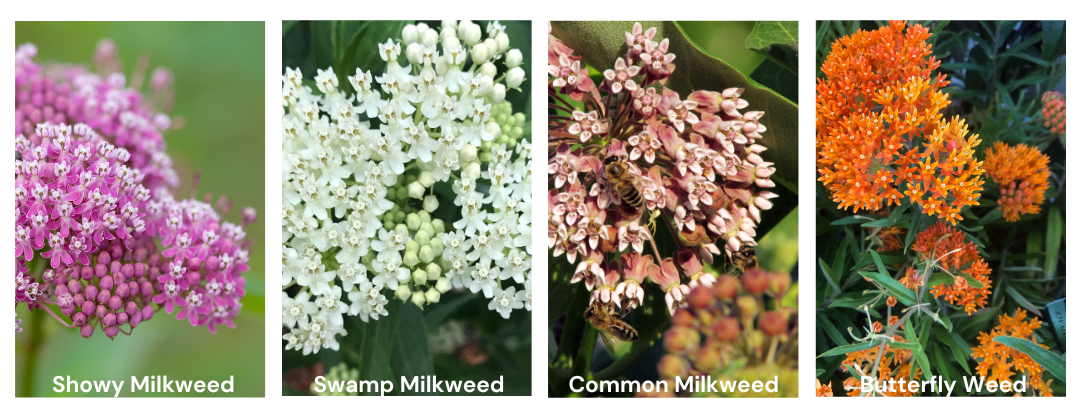
Another risk factor for the dwindling Monarch butterflies are from parasites and diseases that can kill them, the biggest one being OE (Ophryocystis elektroscirrha), which is spread by other infected butterflies. It is a nasty parasite that can cause the beautiful wings of Monarchs to become deformed and makes them less able to fly.
Weather also plays an important role in the success or failure of the Monarch population. It is believed that the accelerated climate change resulting in increasing frequency and severity of extreme weather is a contributing factor to reduced numbers. In 2016 a winter storm blew through Mexico killing 30% to 40% of the population that were overwintering there. This is significant as it is estimated that 200 million butterflies arrive each year to the Mexican region of Michoacán.
Needless to say, we must do whatever we can to help these beautiful creatures that are so essential to our own existence.
How we can help increase the Monarch population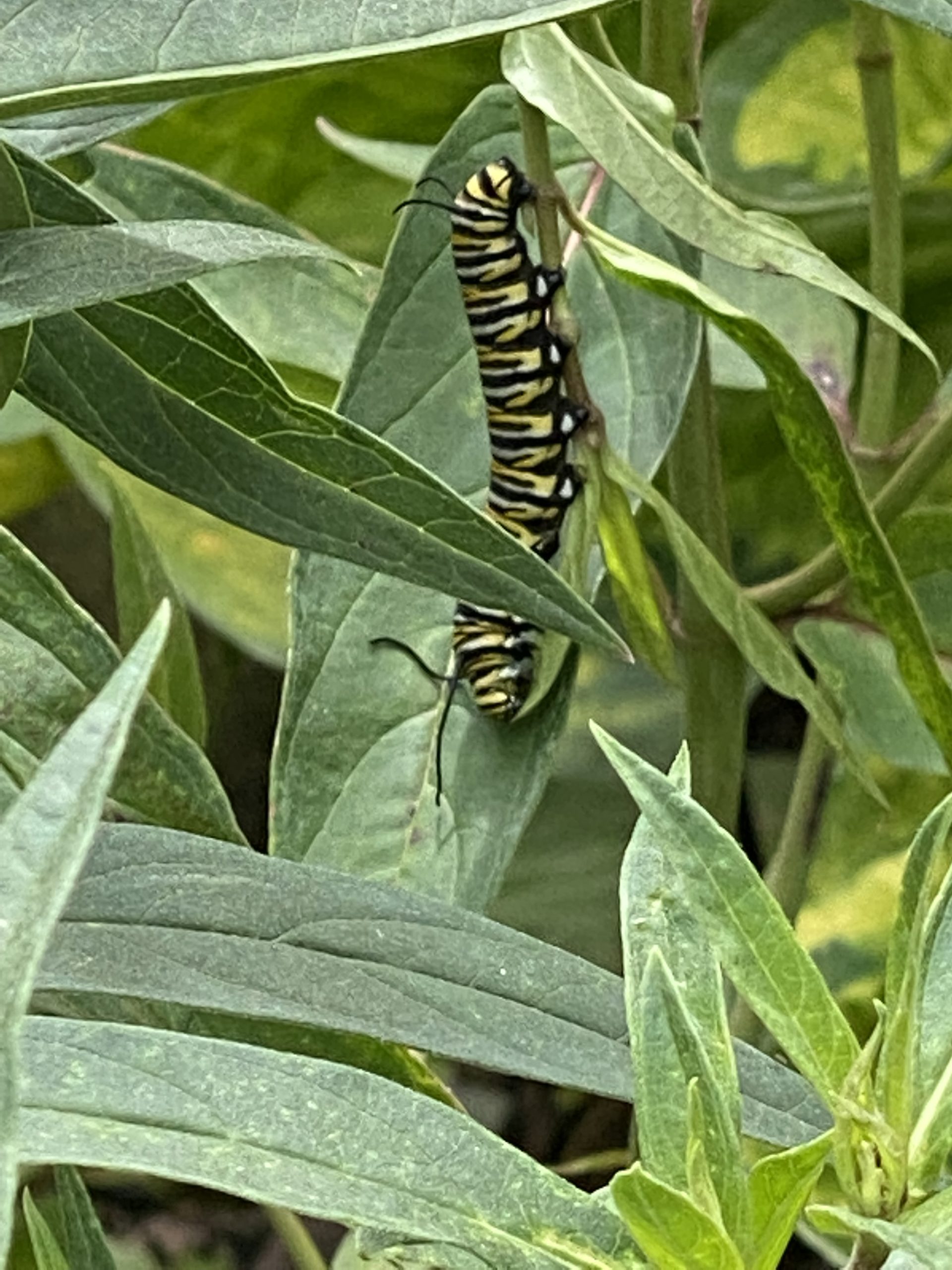
Plant Milkweeds – The number one thing you can do to help is plant Milkweeds. Any number of milkweed plants will help – With just one small milkweed plant, you can raise monarch butterflies and help save an entire species! It’s super easy, not to mention fun, and something almost everyone can do. If you would like to maximize the use of your habitat by monarchs, it is recommended that you have about 10 milkweed plants, made up of two or more species or a large number of plants (10+) of one species is sufficient. Milkweeds of different species mature and flower at different times during the season. By increasing the number of milkweed species in your habitat you will increase the likelihood that monarchs will utilize your property for a longer period during the breeding season.
Exposure – Butterflies and butterfly plants need lots of sun, at least six hours of sun a day. Milkweeds also grow best in well drained, light soils.
Create a sheltered habitat – All monarch life stages need shelter from predators and the elements. To assure that the maximum number of monarchs survive in your habitat, the plants should be relatively close together but not crowded. Be sure to follow the planting guides specific to each plant.
Herbicide Use – Although herbicides are formulated to kill plants and do not target insects, recent re- search indicates that some herbicides may be toxic to butterflies, particularly when ingested by caterpillars eating treated plants. Eliminating harmful herbicide use on your Milkweeds and native nectar plants will certainly contribute to a happier, healthier Monarch Butterfly population.




